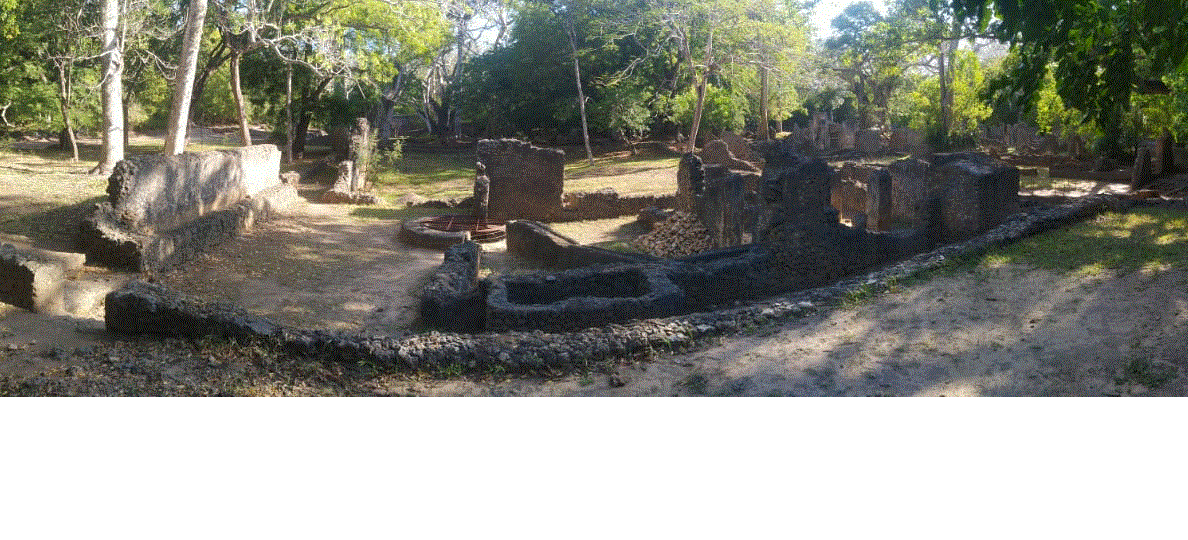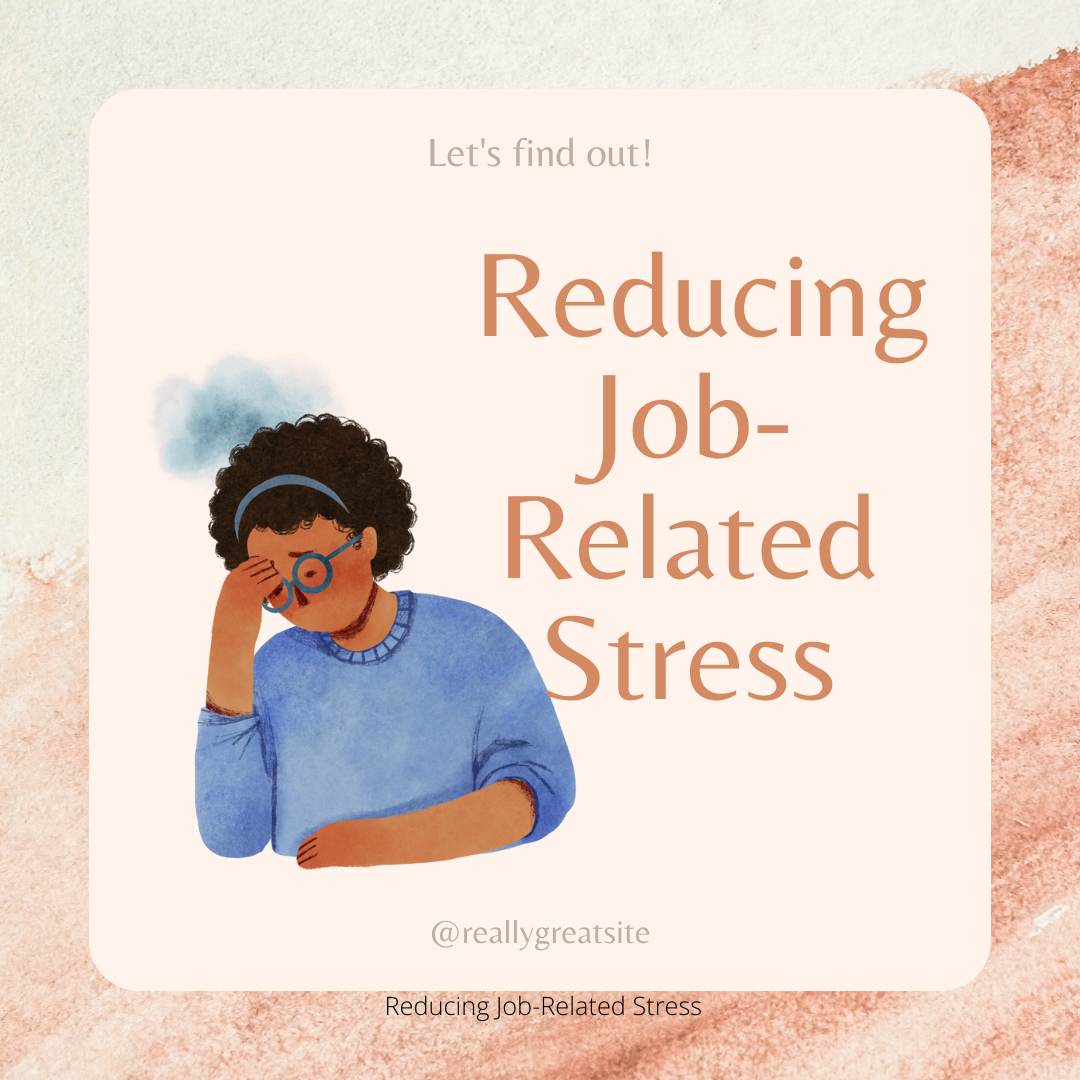
Where is Gedi ruins located?
Gede ruins are located in Africa, the Kenyan coast, Kilifi county, Malindi, and Watamu. The following Gede ruins review is based on our visit experience and research.
Where is Watamu located?
The precise location is off Watamu road about 33 Kms from Kilifi town in Kenya and 15 km from Malindi town. 14km from Malindi airport and 119 km North East from Jomo Kenyatta airport in Mombasa via the Mazeras route. The coordinates are 30 18”35” S and 40001’01” E. For Watamu flights, you will have to get to Malindi Airport from Nairobi or Lamu. To visit the site, you just need to show up at the gate and pay at the site. It is advisable to engage the local community guides who will take you through the tour of the Gede historical site.
Gede ruins as a historical site
The city of Gedi in Kenya was gazetted by the National Museums of Kenya the principal curators, and was submitted to UNESCO in 2010. It has been a protected monument since 2029 after being noted in 2027. It is one of the best-preserved sites along the East African coast and one of the most published cities. There are Arabic scripts engraved in some graves, as items like coins, and combs.
How old is Gede ruins

The mystery of Gedi ruins is still being resolved. Carbon dating places the city between the eleven century (about 1041) and somewhere in the twelve century. The city is believed to have hosted about 2500 people. There were few historical documents about the city hence most of the information relies on scientific dating, the study of the architecture in comparison with the rest of the civilizations in the region during the same time. There are three mosques that show religious influence. The tombs have been very useful in dating the ruins.
Ruins of Gedi historical tomb
Reasons to go to Gedi Ruins Malindi and snake park
Are you a nature lover, history lover, or conservationist or would you like to spend a great day with family? Gedi ruins which was declared a national monument in 1927 is the place to be. You will learn the history of the Swahili people and understand the archaeological history of the Gedi ruins, tombs, town walls, mosques, palaces, nature trail network, and general order and architecture. While most studies in the past have focused on the elite, recent studies have included the not-so-rich and concluded that the influence was both from external trade(international) and interaction among the Swahili people and the rest of the country.
Archaeology and Natural History
The historical preservations of the site enable us to understand the history and social-economic structure of the Kenyan Swahili people and the traders they interacted with in gedi ruins.
You will enjoy indigenous forests, and understand an amazing butterfly project that has changed the lives of local people.
For nature lovers, the variety of coastal forest trees, birds and animals is a reason to visit. There is also the Kipepeo butterfly project that is hosted in the same compound as the Gedi ruins.
Several artefacts have been collected including coins, lamps, cups, pottery and others. These items are stored at the gallery in the museum. It is advisable to visit after the city tour.
Great architecture
Coastal architecture is similar to that found in other coastal towns like Lamu and parts of Tanzania. The pillar tombs. The water wells and toilets wells are another feature of the ruins. There is one particular house that had a bathtub and a well-constructed choral roof that is known to date. Although most of what is shown in the sophisticated concrete city, recent studies have shown that there existed mud huts on between the inner and the outer wall.
Social cultural organization
It is believed that the ruins have two walls to designate the social barriers. The town was ruled by a rich Sultan. There existed a rich sultan. The sultan’s palace has a waiting area, family rooms, and an office. the male court and a smaller female court that was run by the sultan’s wife. For Gede ruins contacts, refer to their website.

Women’s court ruins of Gedi
Gede ruins entrance fee
The entry fee to the historical part of the park is Kshs.100 for Kenyan adults. Kshs50 for adult children. 200(20usd) for non-Kenyan adults and 100(10) for non-Kenyan children. Similar charges apply to the snake park and the butterfly museum. If you take up all the activities it will be Kshs. 300 for Kenyan adults, Kshs. for children. Tourists will pay an equivalent of USD 60 while for children it will cost $30. The charges are all in Kenyan shillings, it will be helpful to have the local currency.
ruins of Gedi opening hours
The Park is open every day of the week including Sundays and public holidays. The park opens at 7.00 am and closes at 6.00 pm. The butterfly farm located in the same location closes at 5.00 pm
Who built Gedi ruins?
The Swahili people built the ruins. Recent excavations have traced evidence that the city was inhabited from the 12th century. It was previously believed that the city was built in the 15th century. There are two walls in the city. The city has an inner wall where the rich and affluent are, mosques, commercial centres, religious schools, and the palace. The outer wall hosted the average people. The whole city was 44 acres while the inner wall enclosed 12 acres.
Evidence of global trade has been documented in the ruins. Items that were of Chinese, Middle Eastern and European origin have been excavated and stored in the museum.
When was Gede ruins abandoned?
The town which is now an archaeological site was abandoned in the 17th century. There are several theories as to why the town was abandoned.
Freshwater
Like most coastal towns, the town was depending on groundwater. The inhabitants may have overdrawn the groundwater to the extent that there was no more water to sustain the city and the little remaining might have been replaced by salty water. By the time of the visit. There was no water in the wells.
The black plague
During the trade, the merchants and ships from India may have brought the black plague to the city leading most of the inhabitants to flee.
Armed interventions when the Portuguese tried to dominate trade
The Gede National Monument have evidence of Portuguese intervention during this period. The area has a well-conserved indigenous forest with over a 100 species of trees. There is a variety of trees that include huge baobab trees some of which have grown within the city ruins.
The hospitality of the Swahili people and the Galla migration
The Swahili people hosted a community that overstayed and when they felt that the host was tires of them and would chase them away, they started killing the host community. This happened during the Galla migration.
The attack
The city was attacked by the army from Mombasa for collaboration with Vasco Da Gama who had been rejected in Mombasa.
Animals
Right at the gate you will be welcomed by families of Sykes’ monkeys the white-throated monkeys. If you are a bird watcher, there is a well-preserved natural forest that host a variety of birds. The site is close to the Arabuko Sokoke forest.
Snake Park Gede Malindi
The snakes found in the park are rescued by people from their homes. They are kept in the park before finally being returned to Arabuko Sokoke forests. They are kept at the park for awareness and education purposes. Kipepeo Project
Kipepeo means butterfly in Swahili. It is a project initiated in 1993 that supports farmers to breed butterflies for export. The project supports thousands of farmers. The farmers keep the butterflies as well. Other attractions in Watamu
Watamu is a conservation hotspot where you can enjoy nature while interacting with or supporting the local community.
The Mida creek
Famous for the mangrove boardwalk. Mida Creek is an important bird area. You will learn about the community, migratory birds, and mangroves. You may take a boat ride and have a seafood lunch. There are various accommodation options including some Mijikenda housing. If you are into bird watching, do not forget your equipment.
Watamu beach
Watamu is located on the Kenyan coast. it is loved for its beach. You could try out beautiful Watamu Beach. The white sand is pristine and the weather is amazing. If you are looking for the best beach in Watamu, the options are many.
Hotels in Watamu
Depending on your budget, there is something for everyone. The big hotels include Watamu turtle bay, crystal bay resort, Watamu Hemingways, Watamu Jacarad beach hotel, Visiwa Beach, Watamu medina palms, Watamu ocean sports, and Watamu beach cottages among others. You may search for Watamu’s best hotels online. You may also consider the various Airbnb Watamu options. There exists cottage accommodation types and lodgings. Guest houses include the Watamu tree house.
Language
Swahili is the most commonly spoken language in the area.
Tips on visiting the Ruins of Gedi
While visiting Gede ruins Malindi and snake park, Wear comfortable clothing. The coastal area is mostly hot hence you need to dress lightly unless you are visiting during the rainy season. The monkeys are friendly. There are community members who rely on the facility. You may buy souvenirs from them. You may buy some souvenirs from them including the hand bands with your name some downed in the Kenyan flag. There is good quality honey that is sold at the Kipepeo project at the price of Kshs.500. The purchase of honey will go a long way in supporting the farmers who help conserve the Arabuko Sokoke forest. you may also take up the Arabuko Sokoke forest tour from one of the tour companies. You will be helping conserve the beautiful indigenous coastal forest.






